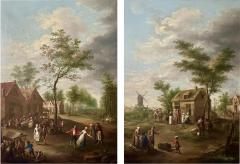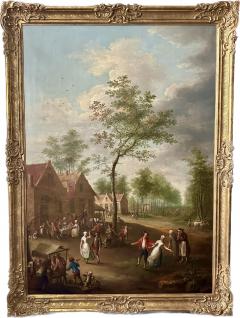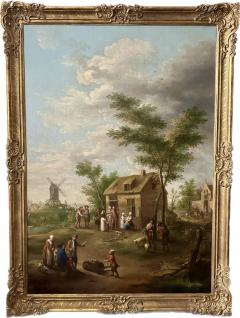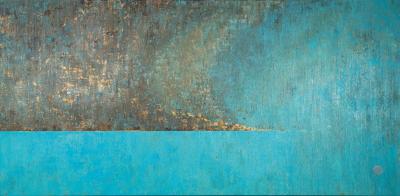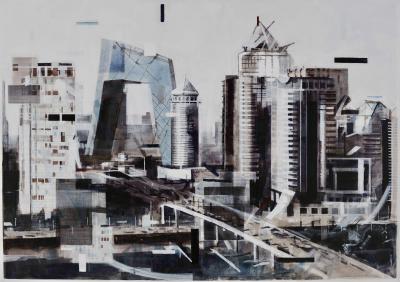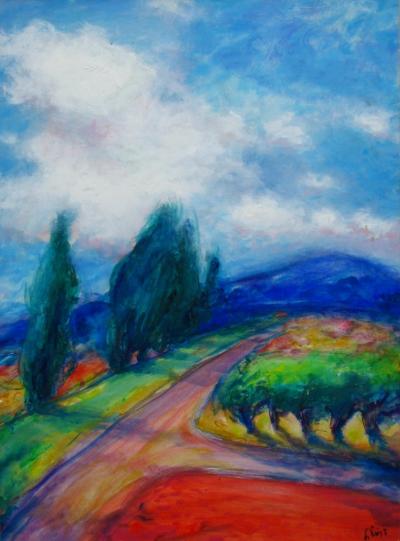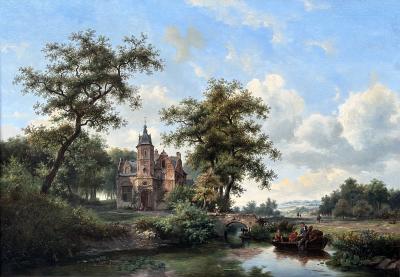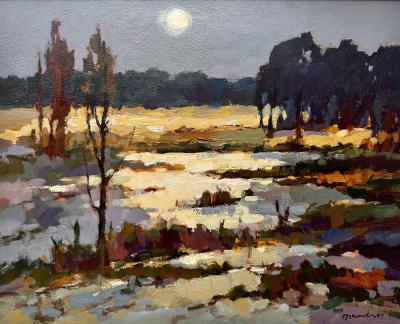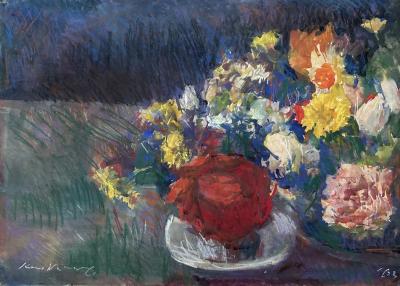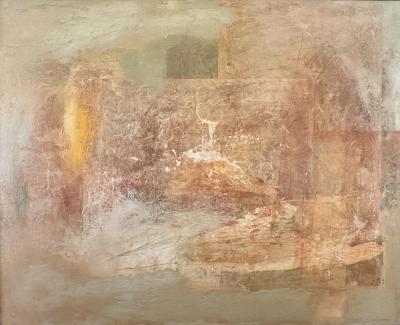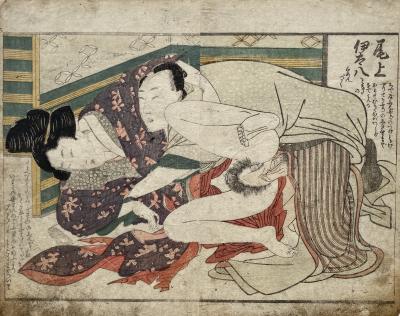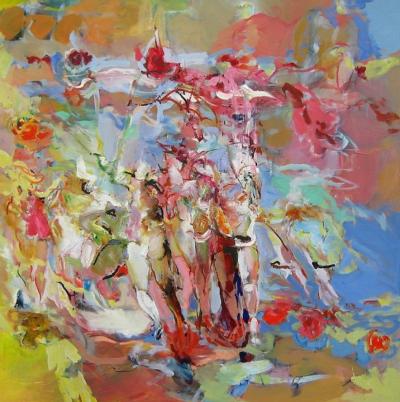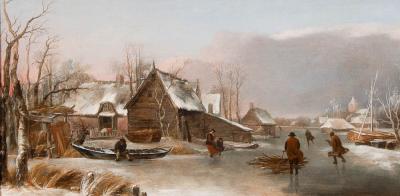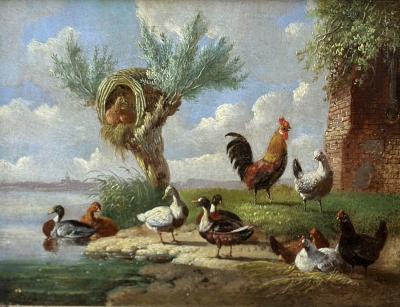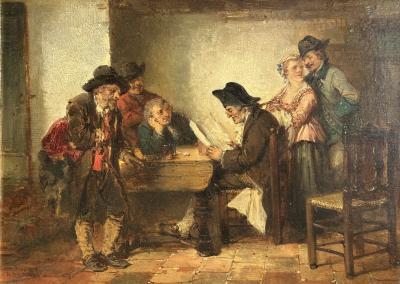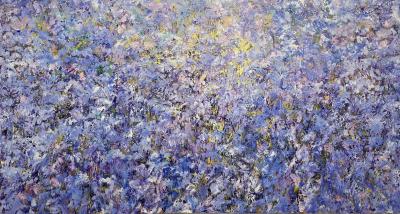Listings / Fine Art / Paintings / City Scene
Pair of Pastoral paintings
-
Description
Pair of Pastoral paintings
'A Village Festival' and 'The arrival of a Guest'
Oil on canvas
Unsigned,
circa 1760, Belgium
Dimensions: 175.3 x 122.8 cm each
Decorated wooden frame 190 x 140 cm each
Very good condition
Provenance Private Collections
JAN ANTON GAREMIJN (1712-1791)
Jan Anton Garemijn was the most important Bruges painter of the Rococo period. Even as a toddler he possessed an innate talent for drawing. Later he took lessons at the newly founded Academy in Bruges.
ACADEMY BRUGES
In 1765 he was appointed director of this Academy. He introduced new regulations that made the Academy a well-functioning training. After 10 years he retired.
GREENING MUSEUM
Around 1771 colleague Charles-Nicolas Noël made a portrait in pastel of Garemijn, on which he is depicted as a painter, with an easel and attributes. This portrait is part of the collection of the Groeninge Museum in Bruges.
Paintings and drawings
Garemijn made paintings and drawings in many genres, including portraits, genre scenes, landscapes and some religious works - the latter usually commissioned by the local ecclesiastical authorities.
DECORATOR
Garemijn was also known as a good decorator, for example designing triumphal arches for local processions and festive entrances.
'NULLA DIES SINE LINEA'
Today, however, he is mainly admired for his qualities as a draftsman, because it is in his drawings that Garemijn really excels. His devotion to drawing is evidenced by the fact that he added his motto "Nulla dies sine linea" (No day without a line) to his earliest, now lost, self-portrait.
His drawing talent can also be seen in the fine drawn details on his paintings
Pastoral genre scenes
After leaving the academy, Garemijn's attention shifted from mainly sanguic drawings to genre scenes, such as this pair of paintings. known for its religious scenes and large decorative cycles.
BRUGES
Although he never traveled and preferred to stay in his native Bruges, he was stylistically strongly influenced by great French Rococo artists such as Boucher, Fragonard and Greuze.
Garemijn can be regarded as one of the most important exponents of Flemish Classicism. - More Information
-
Dimensions
W. 48.35 in; H. 69.02 in; W. 122.8 cm; H. 175.3 cm;
Message from Seller:
Peter van Os Antiques & Fine Art in Oirschot offers a diverse collection of 17th-20th century paintings, modern art, and rare antiques. For expert appraisals and inquiries, contact Peter at antiques@petervanos.com or call +31653106541.
















